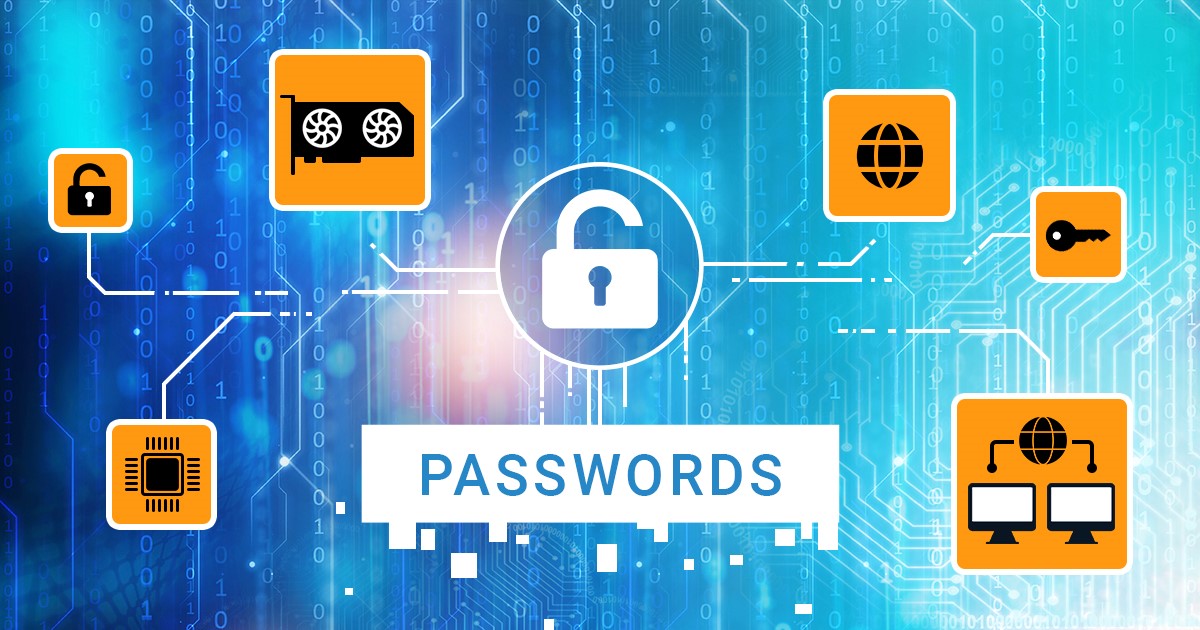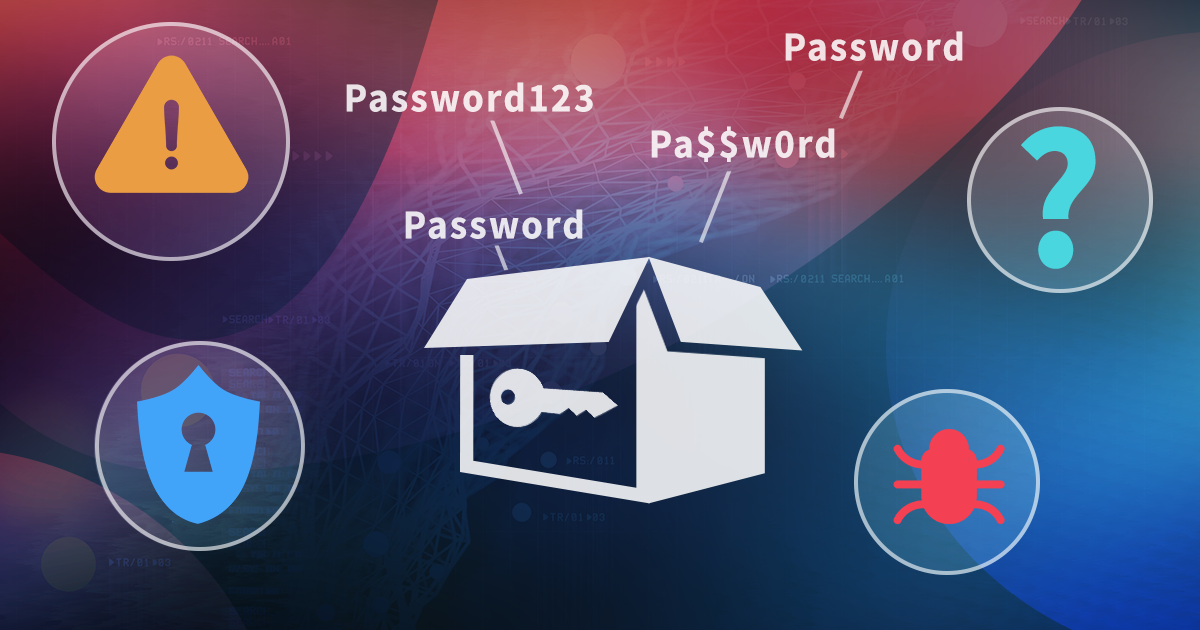After adding jailbreak-free extraction for iOS 13.5.1 through 13.7, we now support every Apple device running any version of iOS from 9.0 through 13.7 with no gaps or exclusions. For the first time, full file system extraction and keychain decryption are possible on all devices running these iOS versions.
Elcomsoft Distributed Password Recovery and Hashcat support a number of different attacks ranging from brute-force all the way to scriptable, dictionary-based attacks. The costs and performance are extremely important factors. We charge several hundred dollars for what, in the end, can be done with a free tool. Which tool has better performance, and are the extra features worth the price premium? Let’s check it out.
When adding a new encryption format or comparing the performance of different password recovery tools, we routinely quote the recovery speed expressed in the number of passwords per second. But what is the true meaning of password recovery speeds? Do the speeds depend solely, or at all, on the encryption algorithm? What’s “military grade” encryption, and does it guarantee the security of your data? And why on Earth breaking AES-256 encryption takes so vastly different effort in different file formats? Read along to find out.
Accessing a locked system is always a challenge. Encrypted disks and encrypted virtual machines, encrypted files and passwords are just a few things to mention. In this article we are proposing a straightforward workflow for investigating computers in the field.
The user interface is a major advantage of Elcomsoft tools. Setting up attacks in Elcomsoft Distributed Password Recovery is simpler and more straightforward compared to the command-line tool. In this article, we’ll talk about the general workflow, the use and configuration of distributed and cloud attacks in both products.
After publishing the first article in the series, we received numerous comments challenging our claims. We carefully reviewed every comment, reread and reevaluated our original article. Elcomsoft vs. Hashcat Rev.1.1 is here.
If you are familiar with iOS acquisition methods, you know that the best results can be obtained with a full file system acquisition. However, extracting the file system may require jailbreaking, which may be risky and not always permitted. Are there any reasons to use jailbreaks for extracting evidence from Apple devices?
Is it possible to extract any data from an Apple Watch? It’s relatively easy if you have access to the iPhone the device is paired to, or if you have a backup of that iPhone. But what if the watch is all you have? If there is no paired iPhone, no backup and no iCloud credentials, how can you connect the Apple Watch to the computer, and can you backup the watch?
For almost a decade, if not longer, I have collaborated with Vladimir Katalov on various digital forensics research topics. He has always been a great source of guidance, especially on iOS related challenges. When he offered me a standing invitation to post on the Elcomsoft Blog, I felt very humbled and honored to be given the opportunity to post on the ElcomSoft Blog, and I would like to thank the ElcomSoft team. This article has also been prepared together, with Vladimir Katalov.
It’s been a week since Apple has released iOS 14.2 as well as iOS 12.4.9 for older devices. Just a few days later, the developers updated the checkra1n jailbreak with support for new devices and iOS versions. What does that mean for iOS forensics? Let’s have a look; we have done some testing, and our discoveries are positively consistent with our expectations. Just one exception: to our surprise, Apple did not patch the long lasting vulnerability in iOS 12.4.9 that leaves the door open to full file system extraction and keychain acquisition without jailbreaking.


